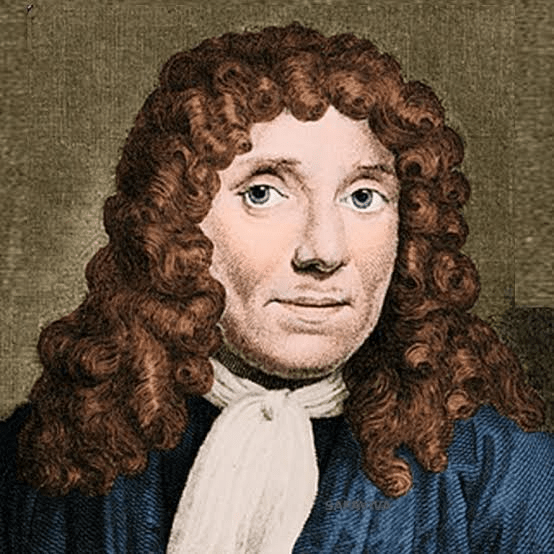Cells of animals and plants that contain a nucleus.
What are Eukaryotes?
a membrane factory that specializes in the synthesis and transport of the protein and lipid components of most of the cell's organelles. The folded membranes of this structure may be rough or smooth.
What is the Endoplasmic Reticulum?
Cells communicate with each other to maintain this stable internal environment.
What is homeostasis?
occurs naturally through any semipermeable barrier. Does not require life. Requires no energy by the cell.
What is passive transport?
movement of water "down" a concentration gradient - from a region of higher water concentration to a region of lower water concentration.
What is Osmosis?
Cell such as bacteria, cyanobacteria, and rickettsiae. These cells contain no organelles, and their nuclear material is not encased by a nuclear membrane.
What are Prokaryotes?
A network of membranes located near the nucleus. Many molecules pass through this "refining plant" at some point in their maturation.
What is the Golgi Complex?
Proteins that act as biological catalysts by accelerating chemical reactions.
What is an enzyme?
large molecules are moved into the cell by these mechanisms and requires life, biologic activity, and expends energy by the cell.
What is active transport?
Action of a cell placed in a hypertonic environment.
What is shrink?
This macromolecule helps provide energy.
saclike structures that originate from the Golgi complex. They contain more than 40 digestive enzymes and are necessary for normal digestion of cellular nutrients, debris, and potentially harmful substances. Abnormalities of these structures are involved in a number of conditions that involve cellular injury and death.
What are Lysosomes?
Energy molecule
What is ATP?
The difference between hypotonic and hypertonic is..
What is hypotonic has low solute to water concentration and hypertonic has a high solute to water concentration?
a cellular internalizing process where a section of the plasma membrane enfolds substances from outside the cell, forming a vesicle that moves into the inside of the cell.
What is Endocytosis?
The cell theory is ...
What is cells are the basic unit of life, all life comes from pre-existing cells, and organisms are made up of cells.
organelles found in large numbers in most cells, responsible for cellular respiration and energy production.
What are Mitochondria?
He ground his own lenses and made over 500 simple single lens microscopes and is known as the "Father of the Microscope."

Who is Antonie van Leeuwenhoek?
movement of a solute molecule from an area of greater concentration to lesser concentration.
What is Diffusion?
The name given to the model for a cell membrane.
What is fluid mosiac membrane?
RNA protein complexes that are synthesized in the nucleolus and secreted into the cytoplasm through pores in the nuclear envelope. Their chief function is to provide sites for cellular protein synthesis.
What are ribosomes?
The ending letters -ose are usually ____ and -ase is usually an ____
What is a sugar and an enzyme?
What is hypertonic and lose?
The types of transport that don't use energy are ___, ____, ____ and the type of transport that requires energy are ____, ______, ______/
What is diffusion, osmosis, and facilitated diffusion--what is exocytosis, endocytosis, and active transport
Four essential pieces of a membrane include:
What is carbohydrates, proteins, phospholipids, and cholesterol?